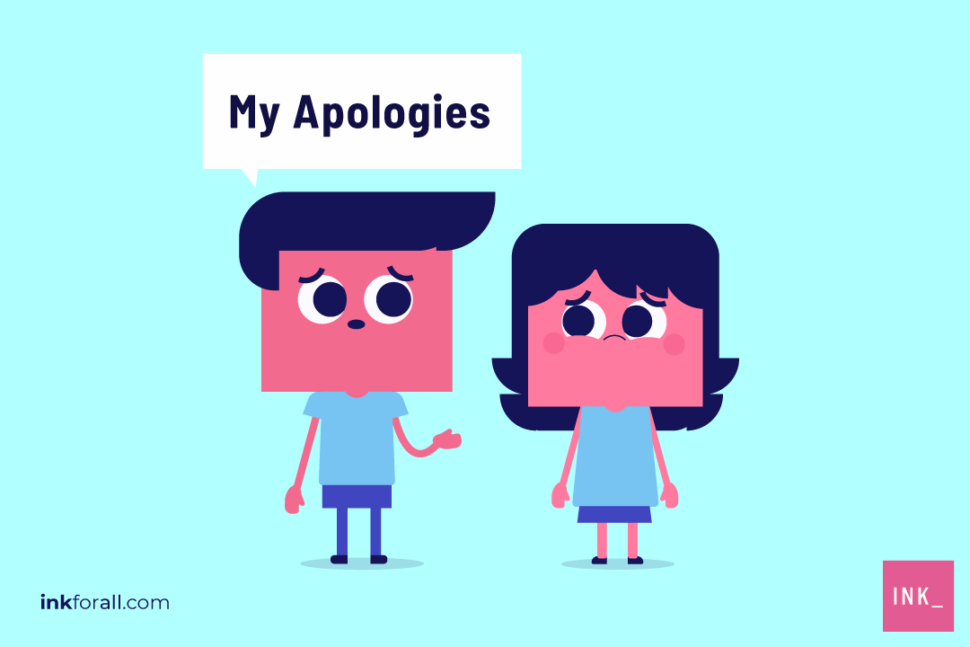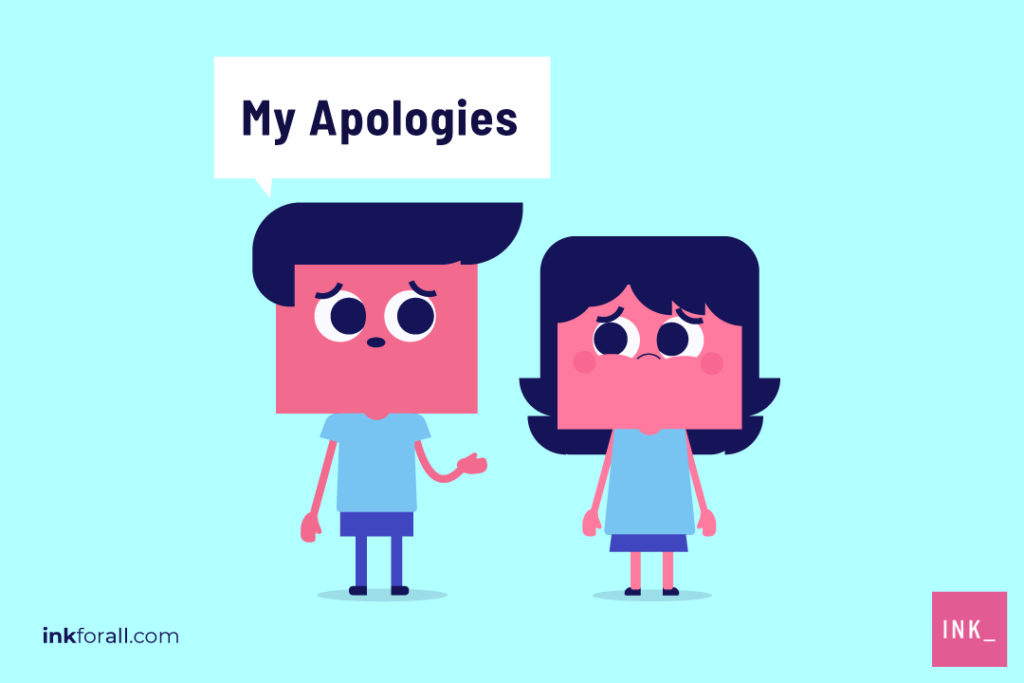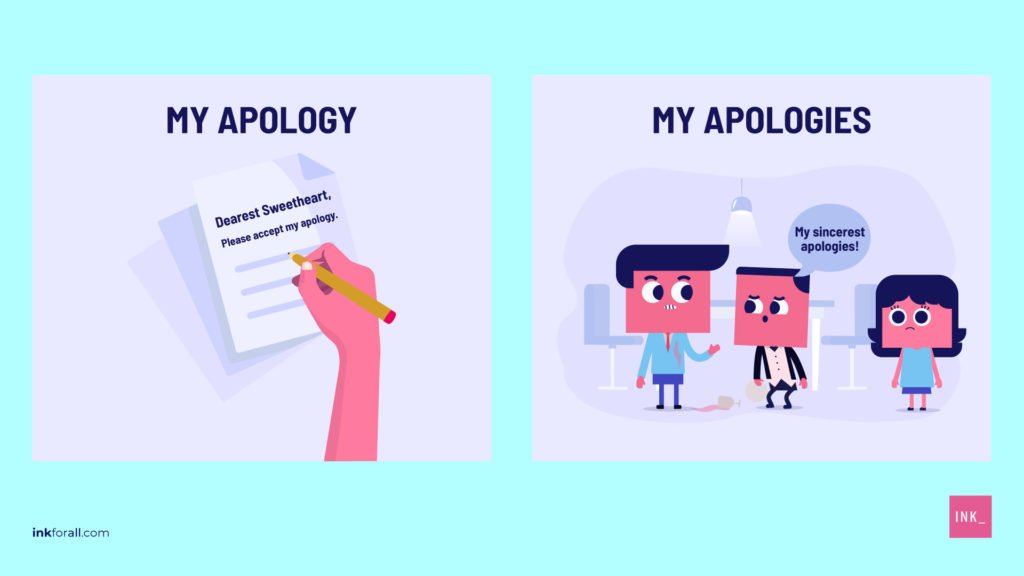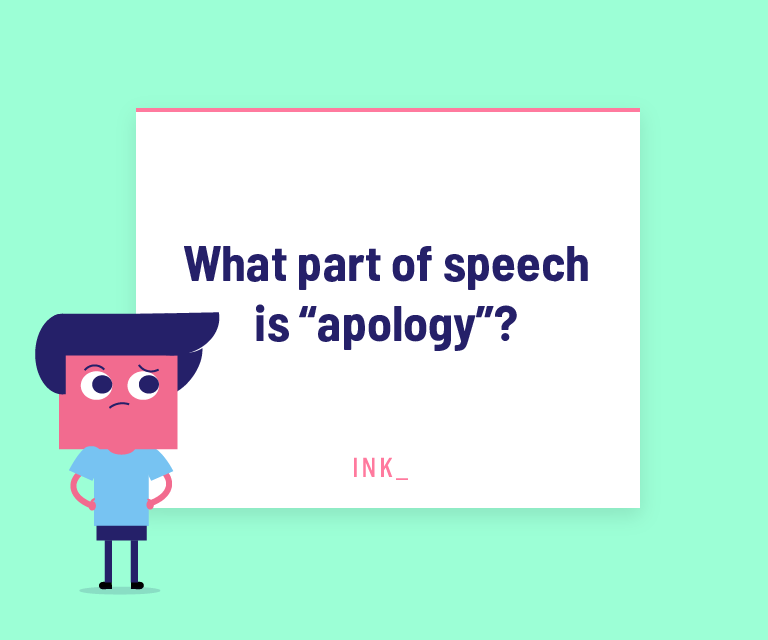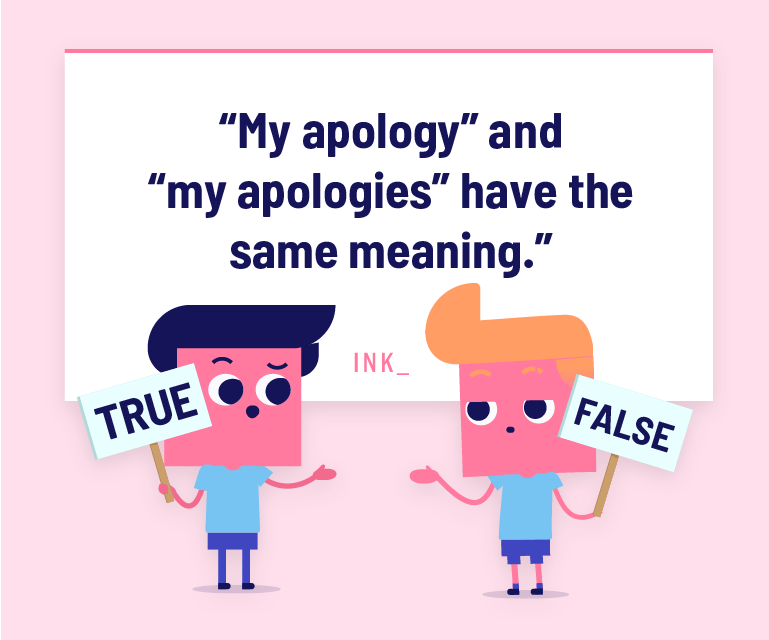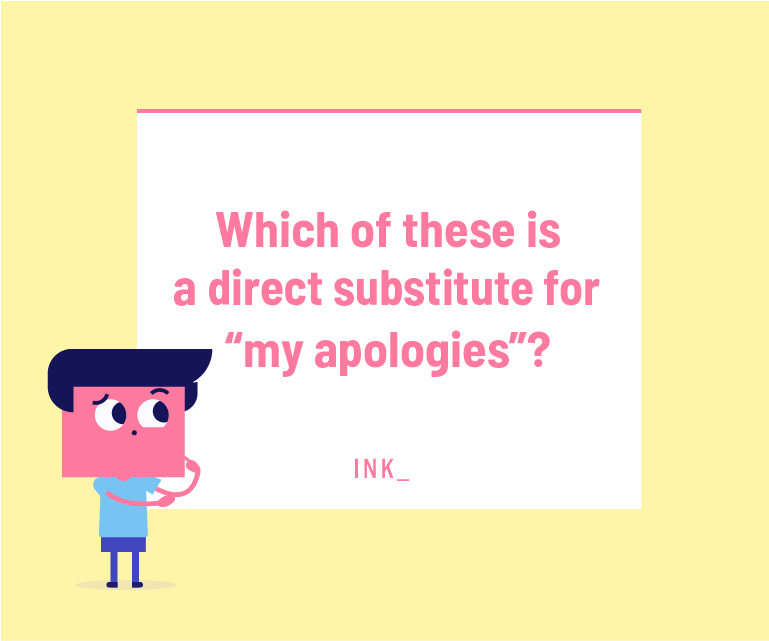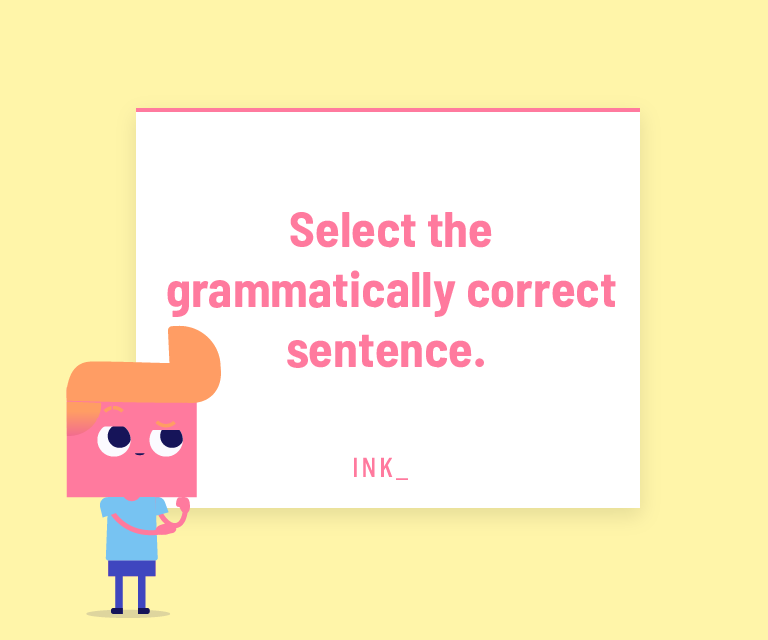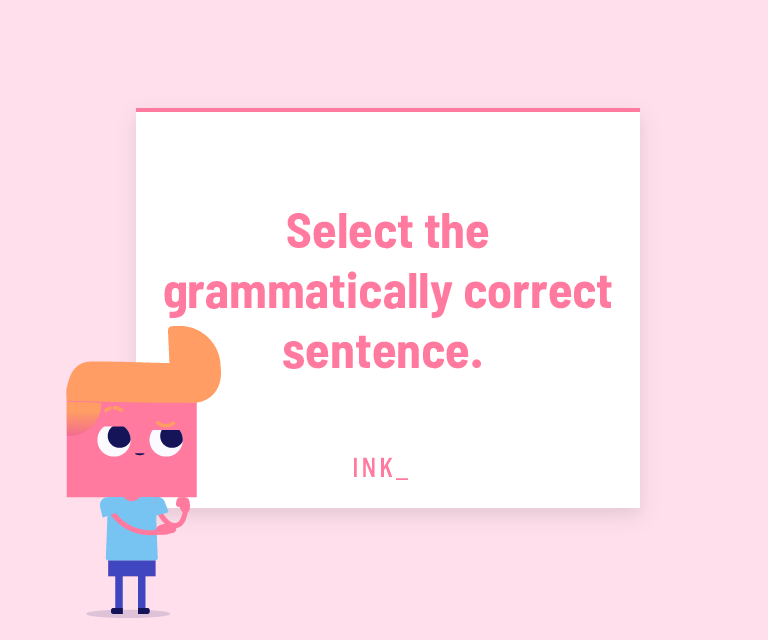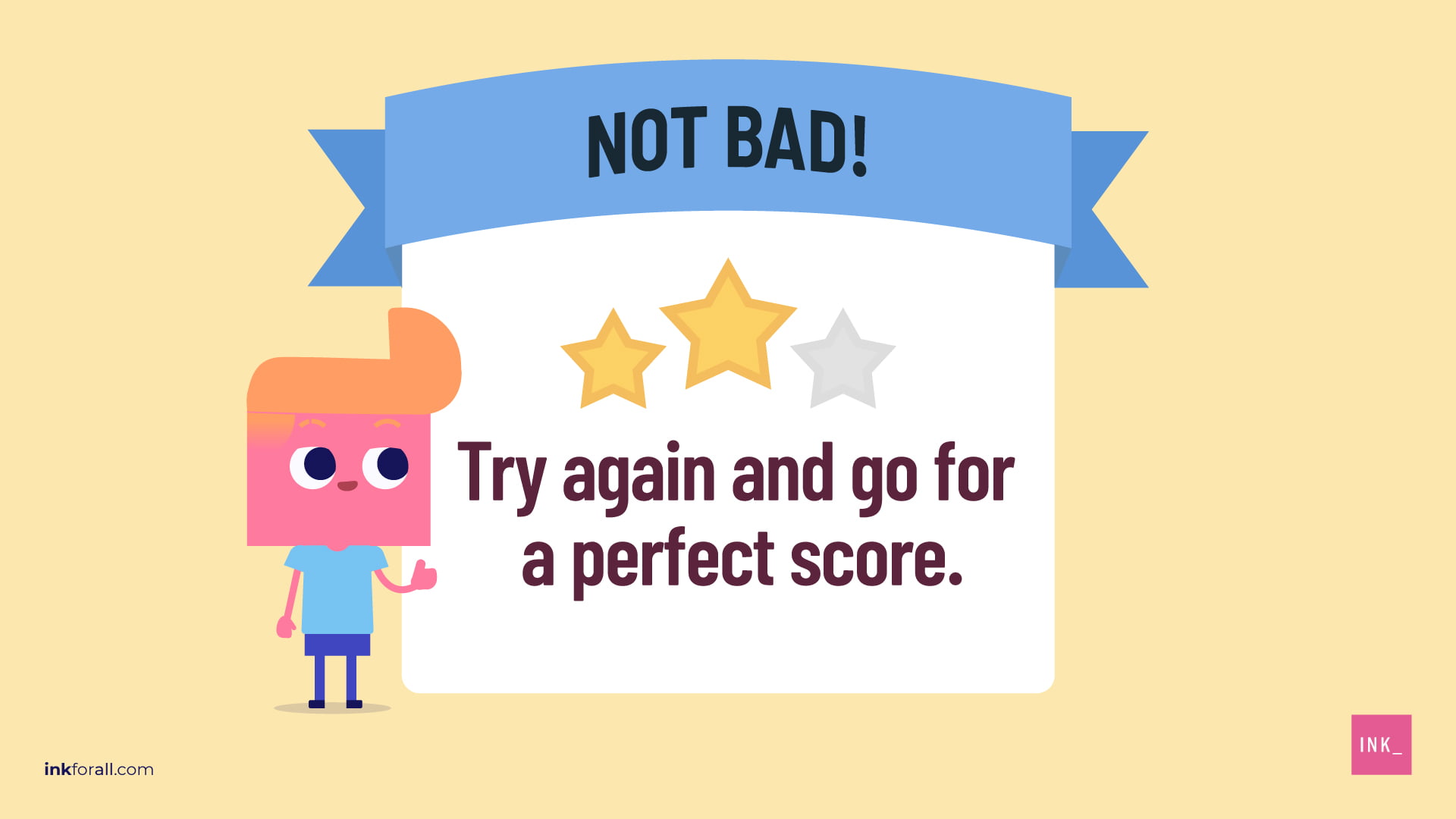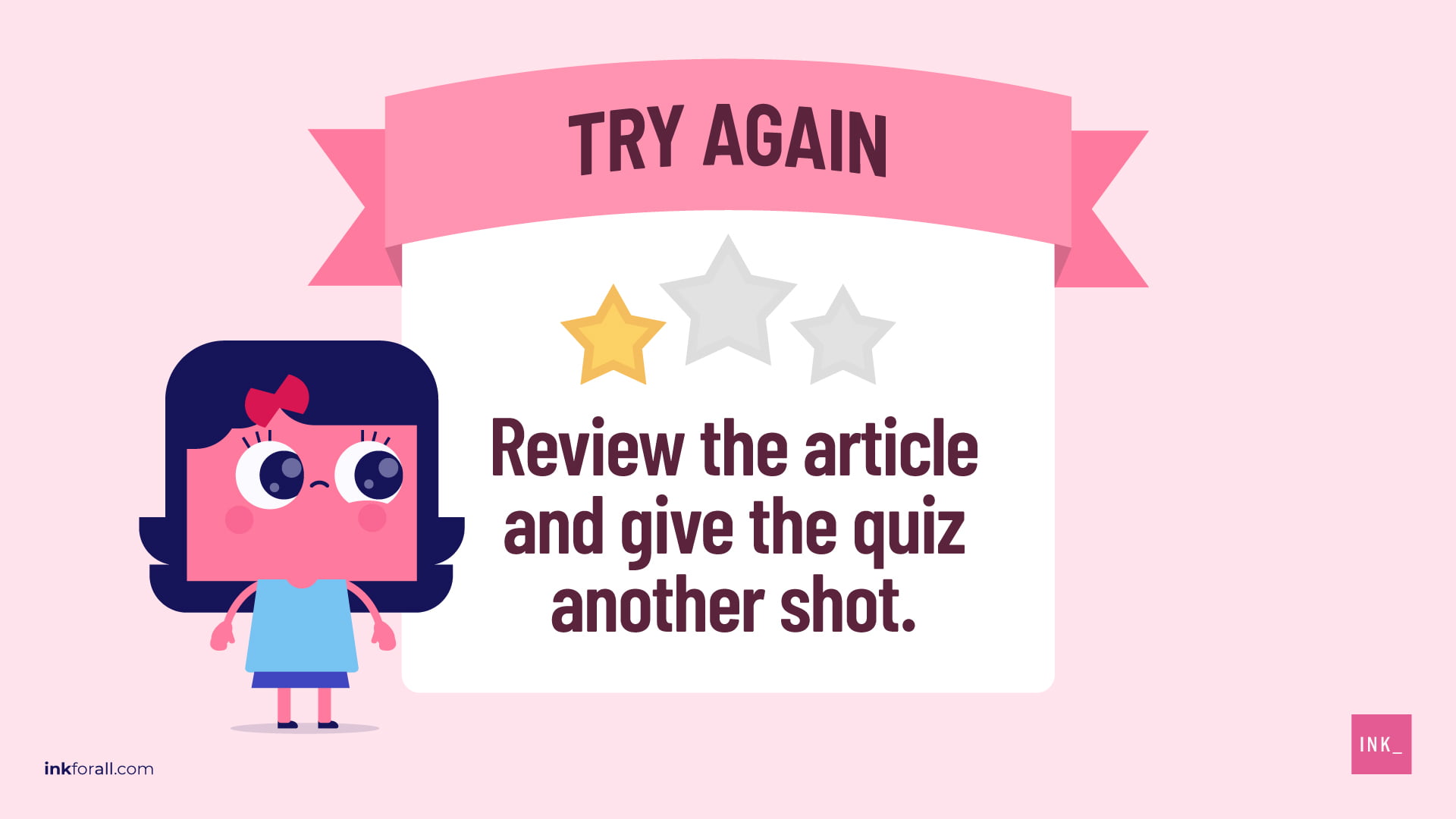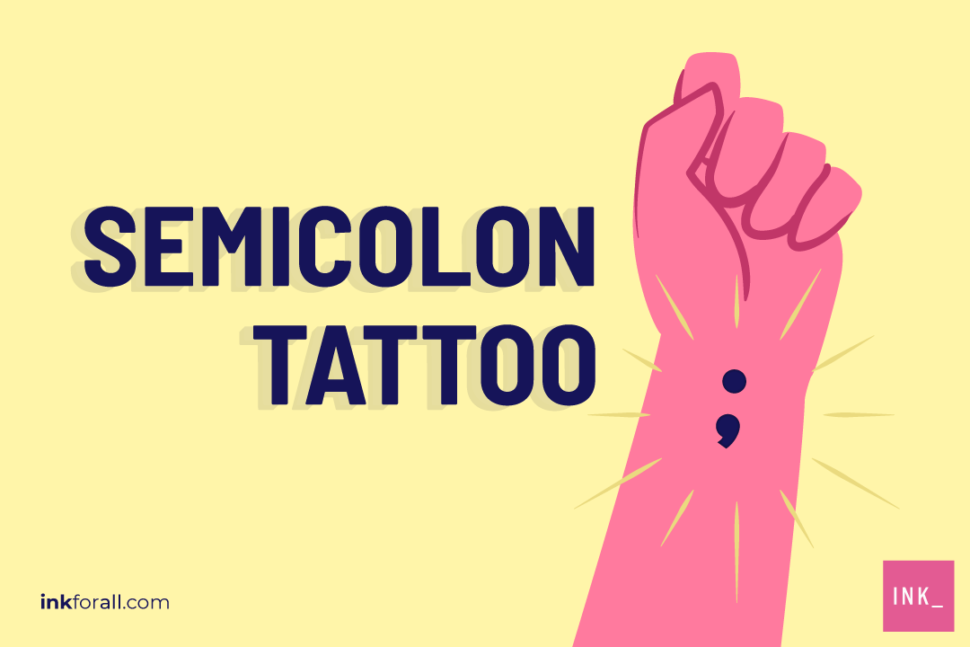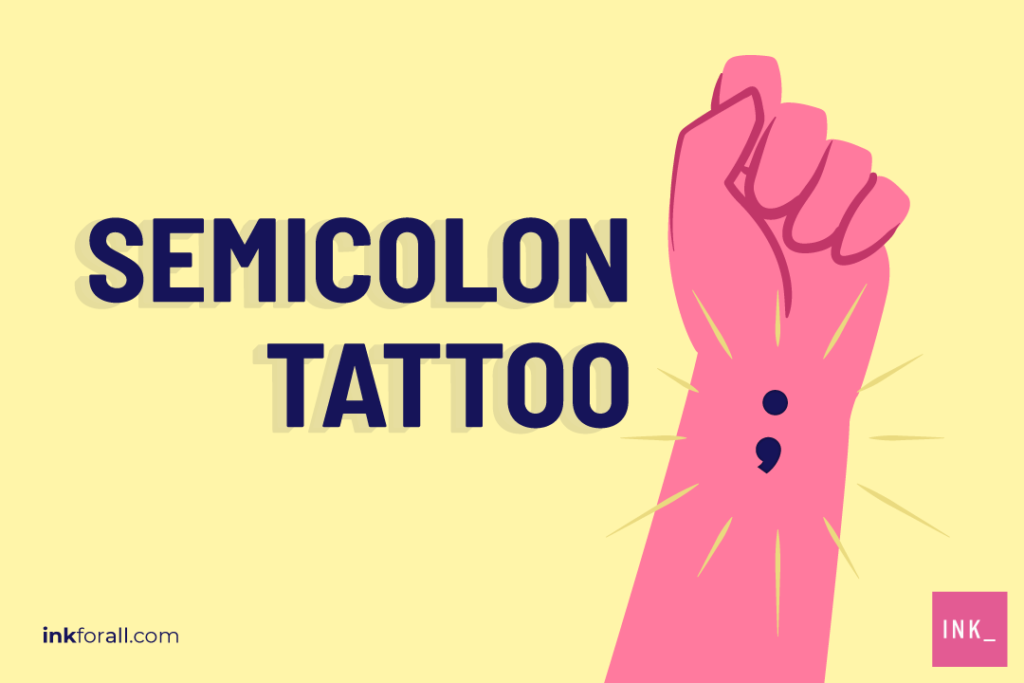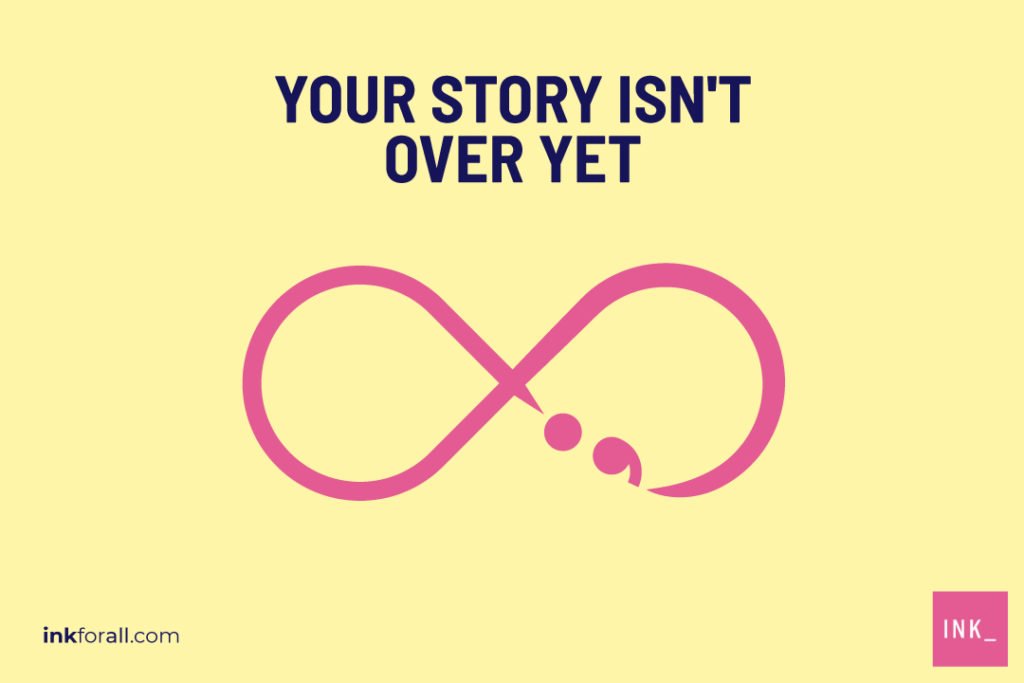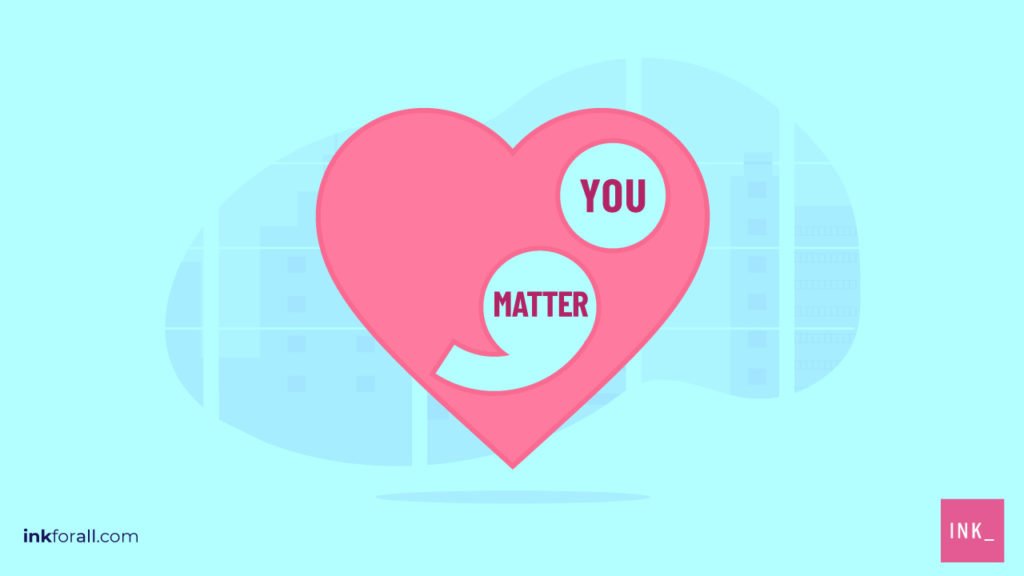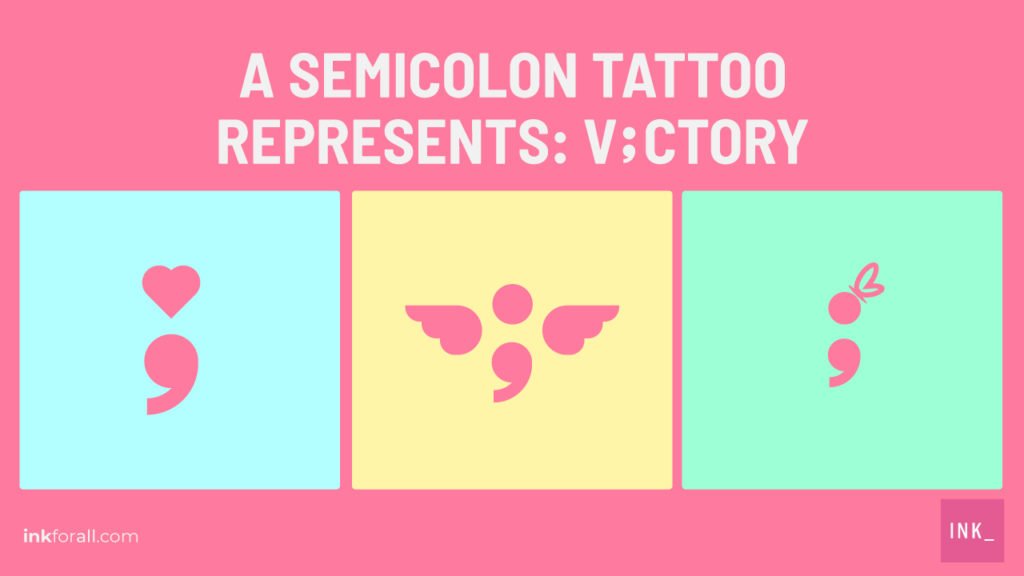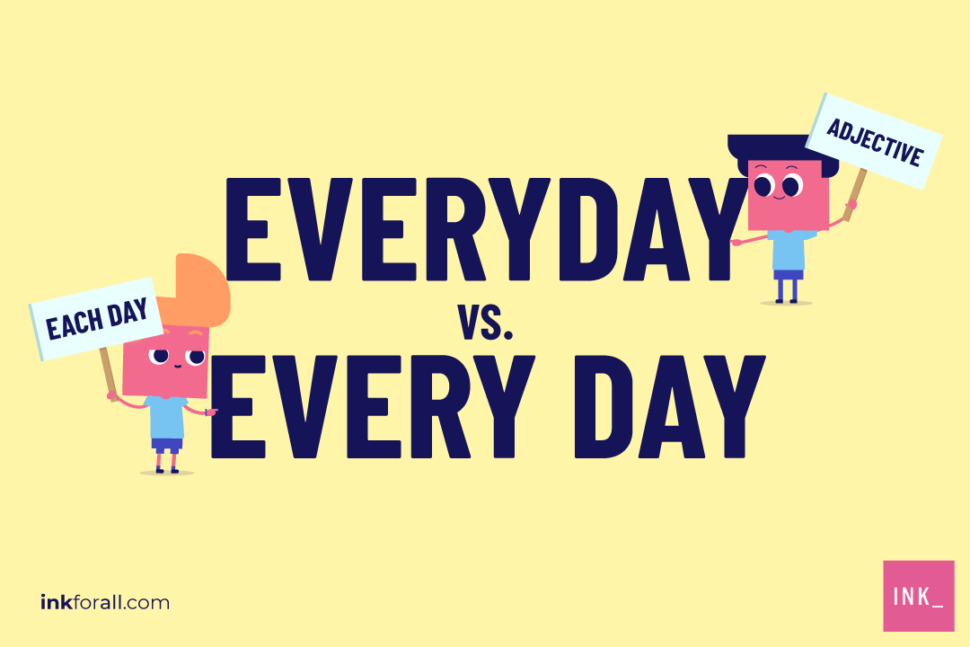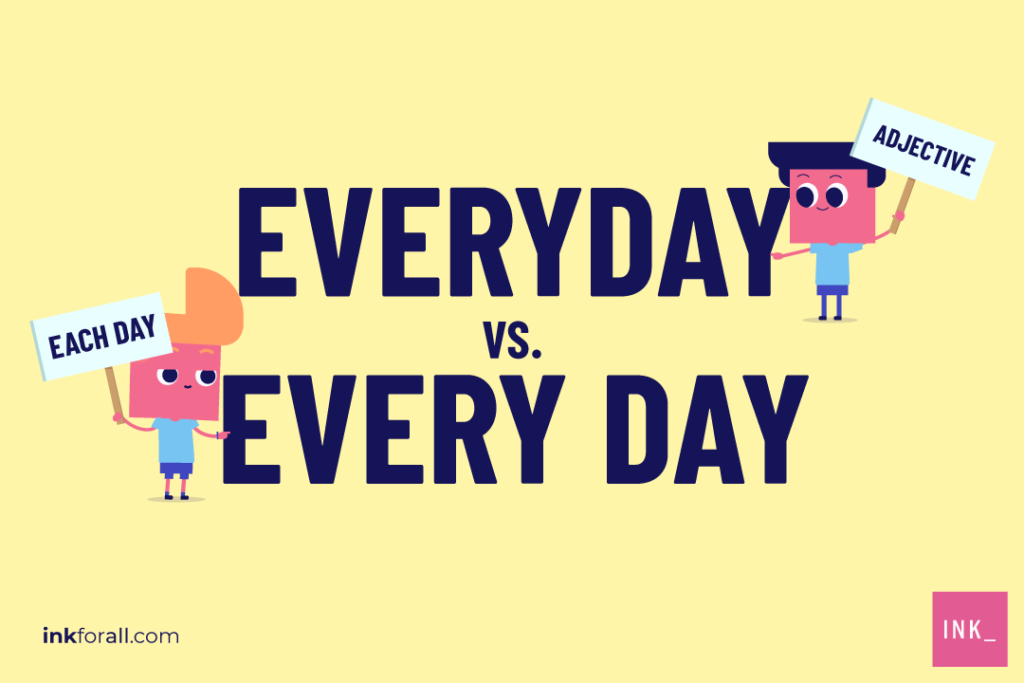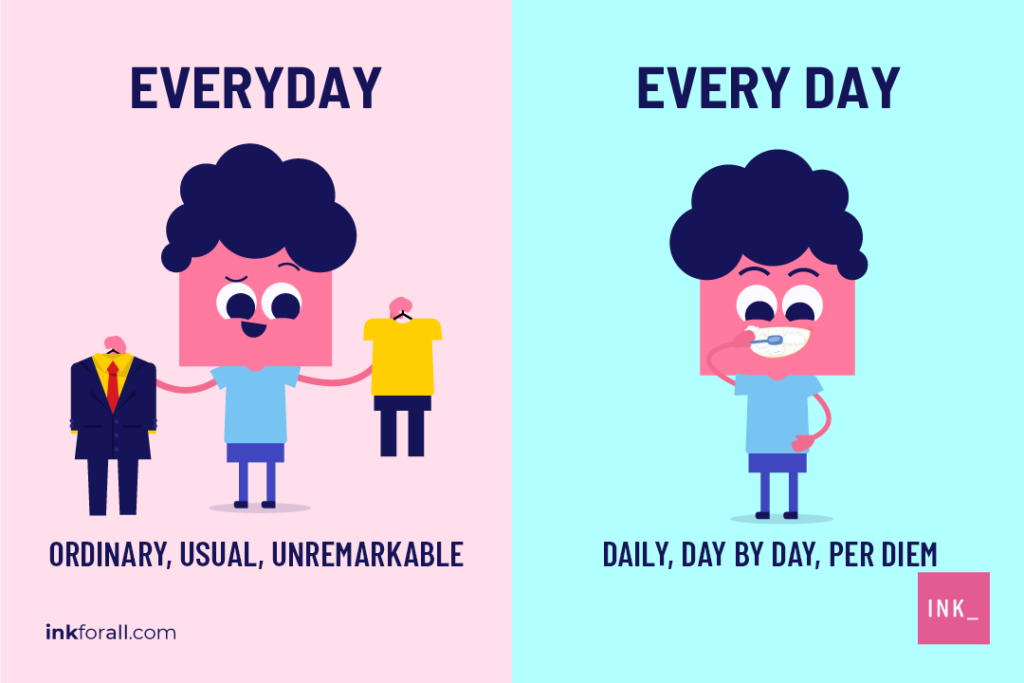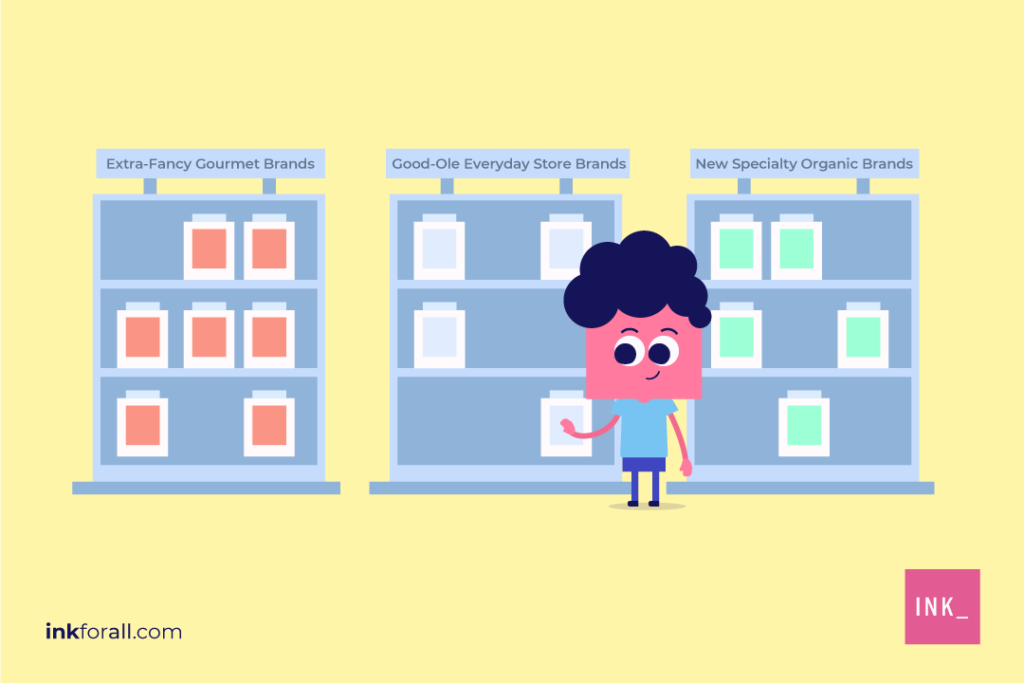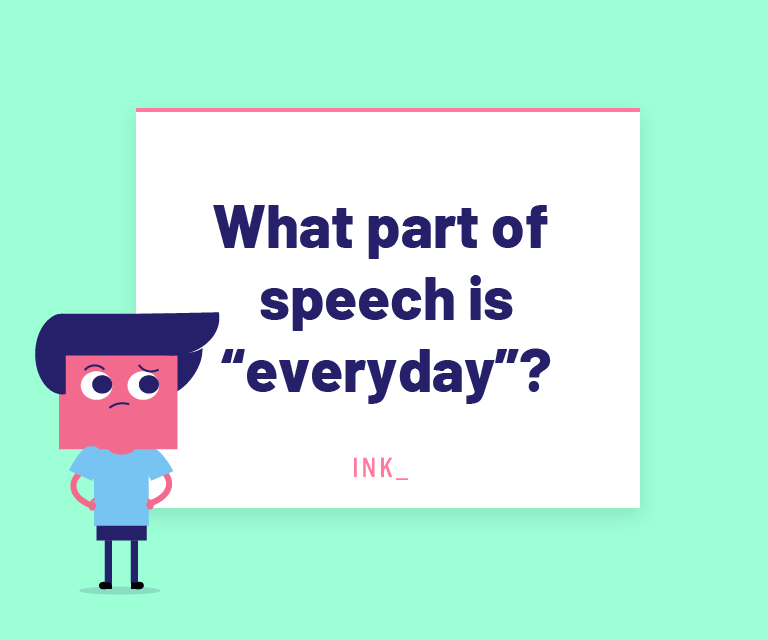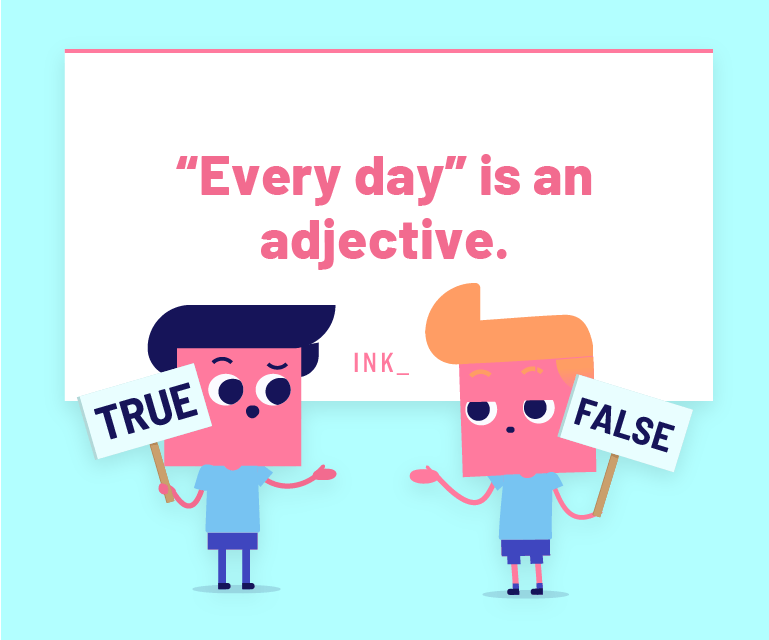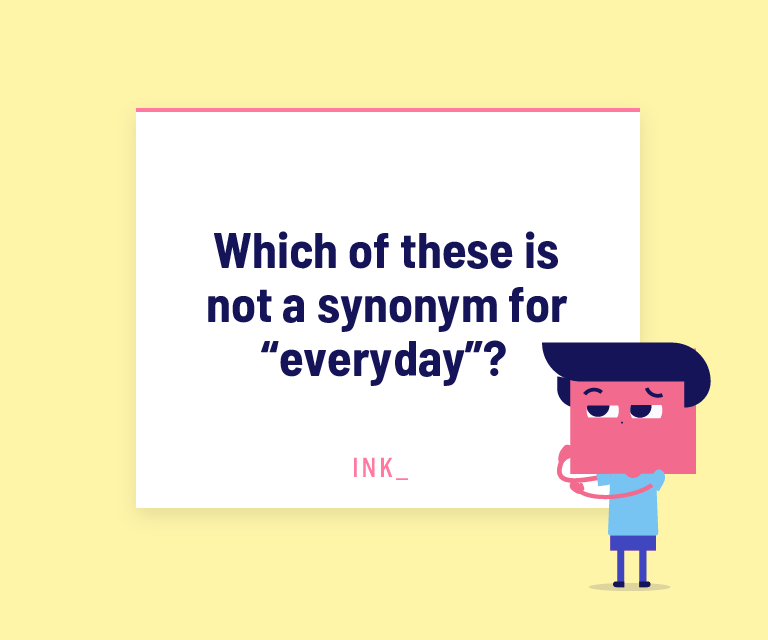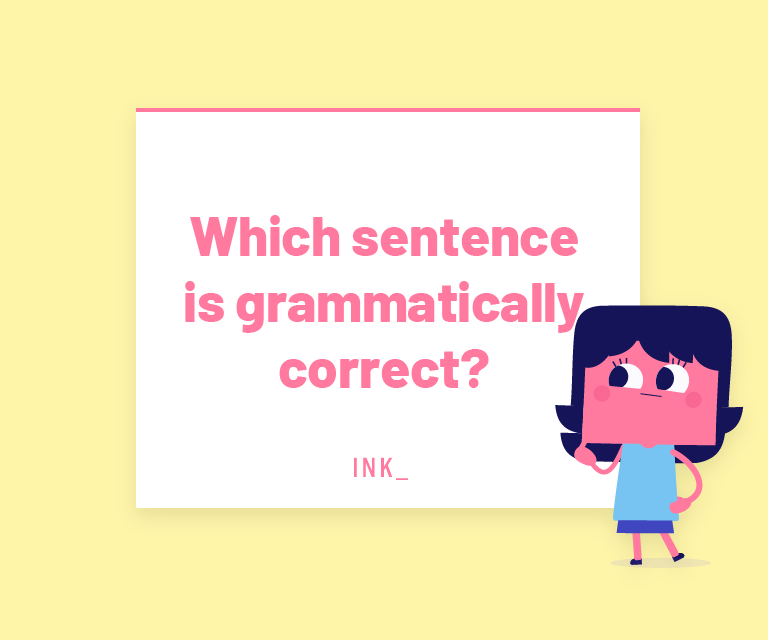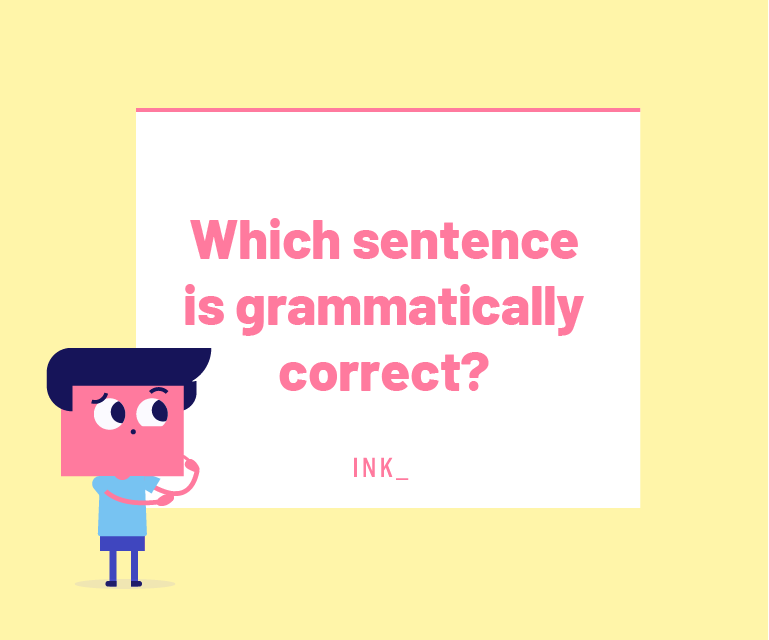Main Comradery Takeaways:
- Comradery is another way to spell camaraderie.
- Both comradery and camaraderie are acceptable, but some consider comradery a misspelling.
- You can’t go wrong using the camraderiespelling of the word
- Both words come from the Middle French word “camarade,” which refers to a roommate or companion.
- Camaraderiedefinition: “goodwill,” “friendship,” or “brotherhood” among people, especially those joined by a common objective. Think of a sports team.
- Synonyms for camaraderie include “brothership,” “fellowship,” “community,” “solidarity,” and “esprit de corps.”
- Common misspellings include comraderie and camraderie.
If you’ve played team sports or taken a road trip with friends, you’ve probably experienced comradery. However, you may just want to reconsider spelling it that way.
Here’s a quick cheat sheet on the meaning, history, and proper spelling of the word comradery.
How Do You Spell Camaraderie and What Does it Mean?
Camaraderie is a noun that means “goodwill,” “friendship,” or “brotherhood” among people. It’s Middle French origin as camarade means roommate or companion and offers clues about the camaraderie definition. Usually, it describes the positive bond a group experiences when united around a common objective or through shared experiences. Soldiers in the military or members of a sports team are often symbols of camaraderie.
Which is Correct: Comradery or Camaraderie?
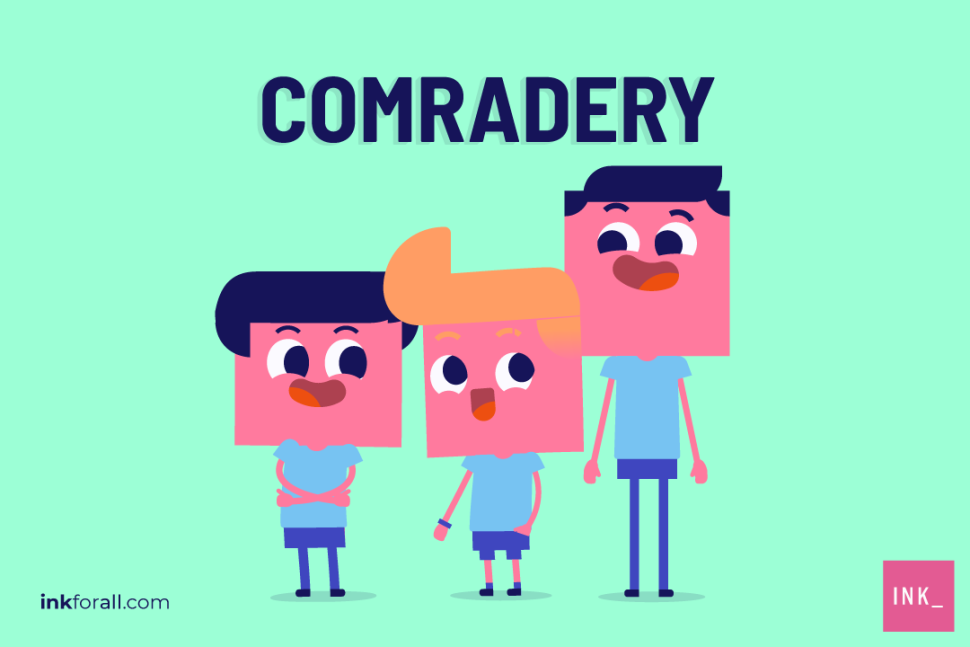

Comradery means the same thing as camaraderie. It’s just a different way to spell camaraderie. However, only a few dictionaries list comradery as a real word. For example, the Merriam-Webster dictionary considers comradery an acceptable alternative spelling for camaraderie.
On the other hand, all major English dictionaries consider camaraderie as a correct spelling. As a result, most editors and writing tools flag comradery as a misspelling. So, to avoid being flagged as a misspelling, it’s highly advisable to use camaraderie instead of comradery. You can’t go wrong with camaraderie, since it is the universally accepted correct spelling.
How Do You Use Camaraderie in a Sentence?
Here are a few examples of how to use camaraderie in a sentence:
What is the Difference Between Comradery and Camaraderie?
Spelling may not be the only thing that’s different between these two words. By some measures, they’re also pronounced differently.
The notable difference between them, however, is that in camaraderie, there’s an uh sound after cam. In comradery, there isn’t.
What is a Synonym for Comradery?
Synonyms and other words with similar meanings include “fellowship,” “companionship,” and “solidarity.”
Other synonyms include:
- Brotherhood
- Sisterhood
- Friendship
- Kinship
- Community
- Affinity
- Esprit de corps
- Togetherness
- Team Spirit
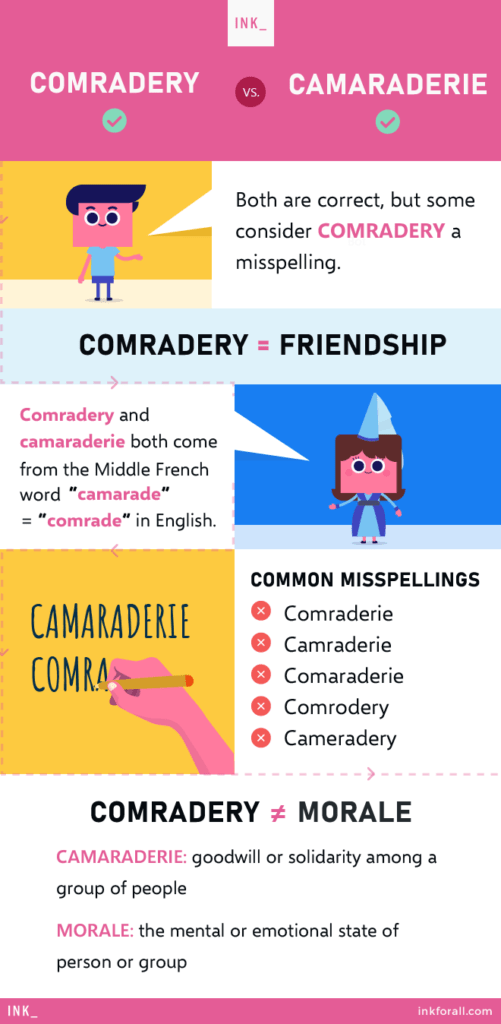

Whether you elect to use a synonym or not, these similar words can help you better understand the meaning and spirit of camaraderie.
Plus, it’s easy to get tangled up in the spelling of camaraderie (or comradery, if you prefer). If you don’t like to memorize spellings, you might want to choose another word altogether. These options work just as well.
What Does Comradely Mean?
Comradely is an adjective that means something that is of or like a comrade. In short, it means a show of comradery.
From Camarade to Comrade
Unsurprisingly, camarade translates to comrade in English. A comrade is a fellow member of a group or organization. It may refer to someone who engages in similar activities as another. It’s also the root of comradery.
When exploring the meaning and usage of comradery, it’s almost impossible to ignore the elephant in the word: comrade.
New political ideologies in the 19th and 20th Centuries gave the word comrade a whole new meaning. Although it began as a way to show equality and solidarity among activists, it took on a heavy political connotation. Today, it’s often associated with communism, socialism, and the former Soviet Union.
In fact, some dictionaries include “someone who belongs to theCommunist party“ or a person with extreme leftist views in the comrade definition.
This is because soldiers of the proverbial revolution often referred to each other as comrade. On the other hand, authorities often used comrade to refer to people they suspected to be communist sympathizers.
It’s important to note that controversial political association with comrade doesn’t generally spill over to comradery. However, this connotation may add shades of meaning to the word comradery, and not necessarily positive ones.
To completely avoid making any political or grammatical missteps, choose to spell the word as camaraderie.
From Greek to Latin to Middle French to Modern English
Although the concept of camaraderie has been around as long as humans walked the earth, the word has a later origin. In fact, comradery and camaraderie both made their debut in the mid-1800s.
Both words originate with the Middle French word “camarade,”which means a companion or roommate. It’s worth noting that camarade evolved from the Ancient Greek and Latin words for “chamber.”


- Latin: camera
- Ancient Greek: καμάρα (kamára)
In this way, it’s easy to see how the roommate (or “chamber-mate”) meaning of the Middle French version evolved. And, why camaraderie today refers to a bond acquired through a shared experience, much like living with someone.
Camaraderie Misspellings
From Sharknado to Pride and Prejudice and Zombies, we live in an age of mashups. In fact, common misspellings of camaraderie typically stem from mashups of its two most common spellings. This includes:
- Comraderie
- Camraderie
- Comaraderie
- Comrodery
- Comeradity
- Commradery
- Commodory
- Comaradity
- Cameradery
Camaraderie and Morale: Two Oft-Confused Words
With the spelling of camaraderie out of the way, there’s one more factor to look at. Is camaraderie the word you want, or would morale be a better choice?
It’s no surprise that these two words confuse people since they both tend to apply to teams and groups of people. So what’s the difference?
Differences Between Morale and Camaraderie
There are several main differences between these two often-confused words.
- Camaraderie can play a part in morale. But high morale is not necessary to build camaraderie.
- Morale can happen quickly as a result of a positive event. Camaraderie is based on the building of relationships and takes time.
- Camaraderie refers to a positive state. Morale can be either positive or negative.
In The Spirit of Camaraderie
No matter how you spell it, camaraderie‘s spirit is one of fellowship, community, and deep understanding. By adding this word and those similar to it to your vocabulary, you can embrace the camaraderie of wordsmiths everywhere.
Quick Comradery Quiz
Comradery Question #1
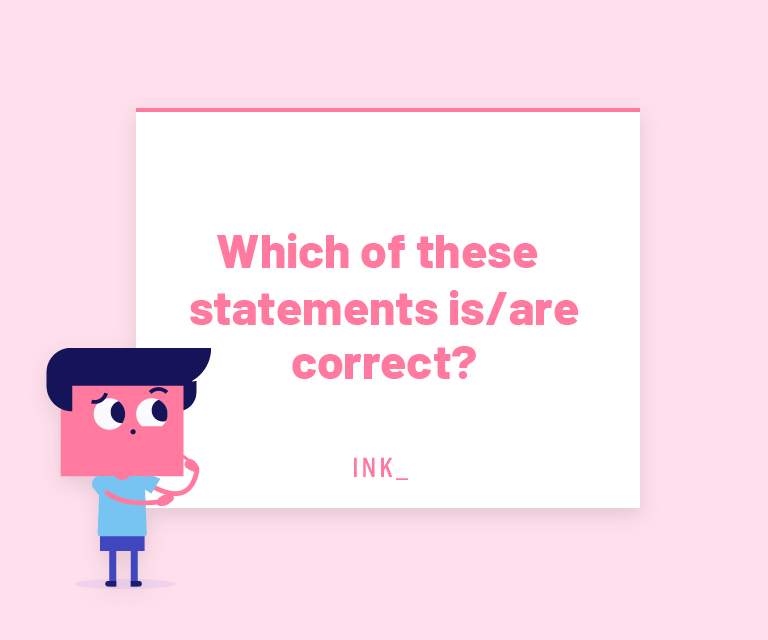

Please select 2 correct answers
The answers are B and D. Comradery and Camaraderie are variations of the same word. But comradery only appears in a few dictionaries.
Camaraderie Question #2
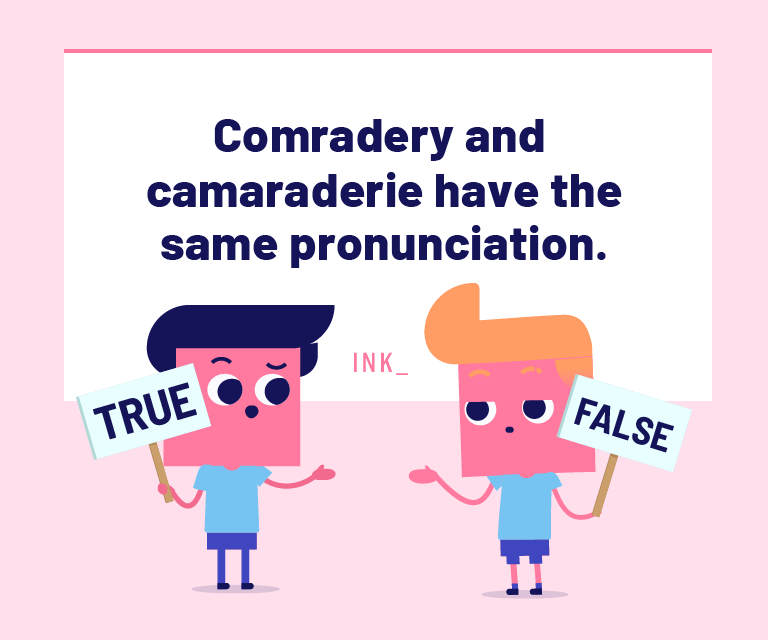

The answer is FALSE. In camaraderie, there's an uh sound after cam. In comradery, there isn't.
Comradery Question #3


The answer is D. The misspellings come from a mash-up of the two most common spellings — comradery and camaraderie.
Camaraderie Question #4
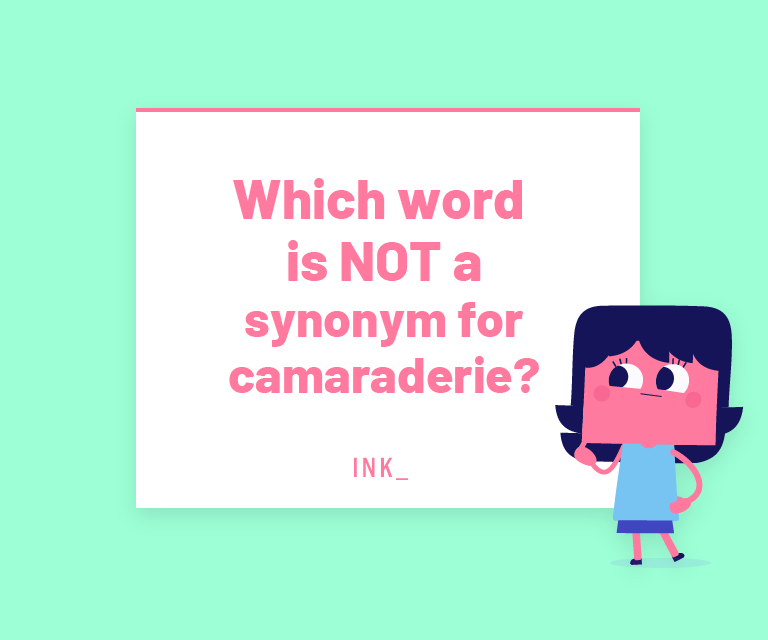

The answer is B. Morale refers to the mental or emotional state of a person or group. Meanwhile, camaraderie means goodwill among the people of a group.

